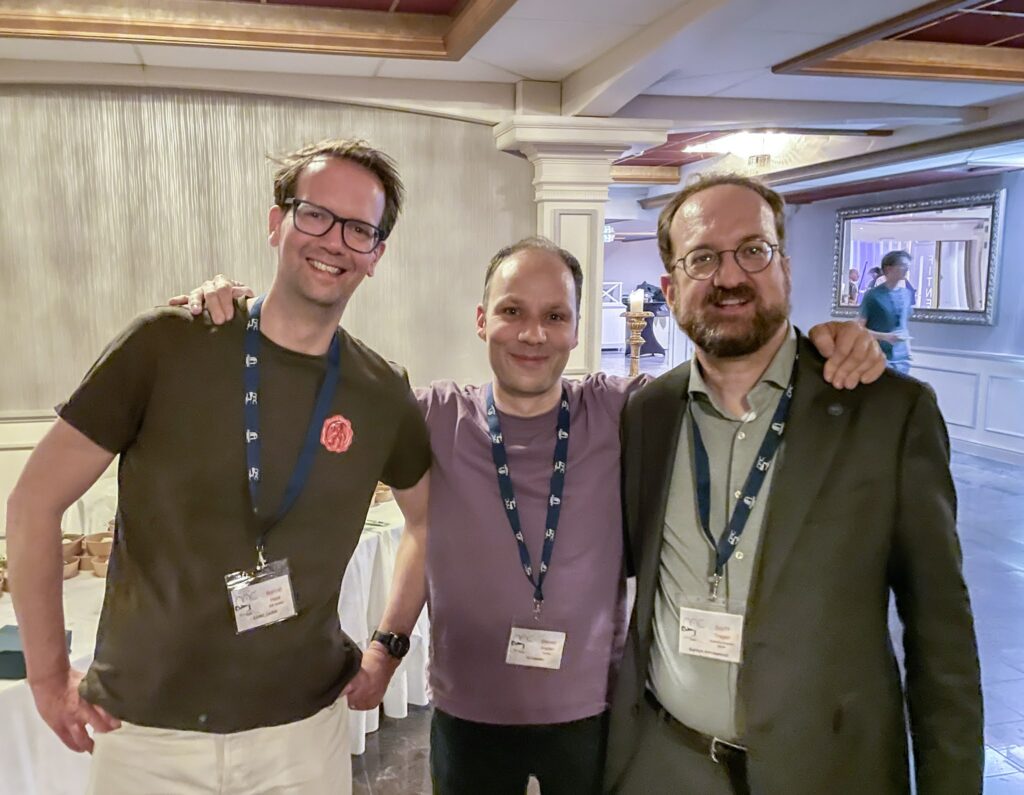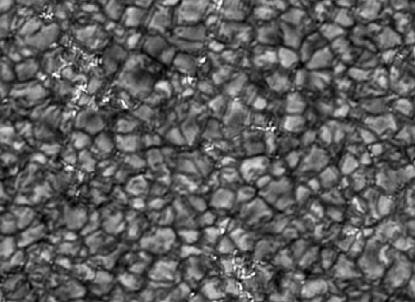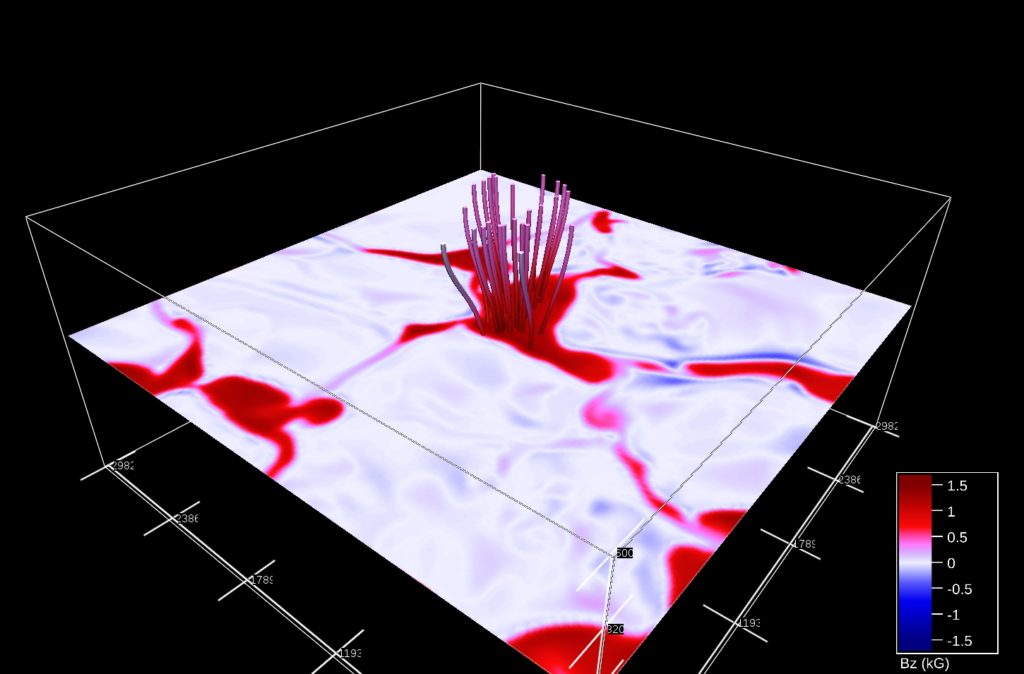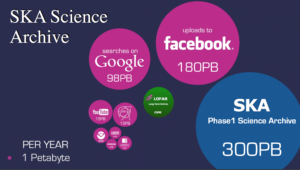Every once in a while, I join events aimed at Early Career Researchers to talk about possible career paths, some personal experience in job hopping and to hopefully give some useful advice for ECRs when they’re on cross-roads in their professional life path. I like these events and find them to be very helpful for bouncing thoughts and raising awareness for aspects of career decisions that are not always on top of mind. For sure, there were things that I would have hoped to realize earlier in life. If you’re in need of somebody to exchange thoughts on such matters, feel free to contact me on LinkedIn or by email.
It’s important to have a bunch of people at such events, who all bring their own perspectives, experiences and personalities. A good choice for your own career depends on countless factors, and there really is no golden recipe for a successful, happy progression of your professional life. That said, there are some general things you might want to consider, and I wish events like the ones I sometimes attend would have been present 15 years ago, to teach my past me.

The event I attended yesterday was extra special. The yearly Dutch Astronomers Conference (also known under its Dutch name of Nederlandse Astronomen Conferentie, NAC) had an ECR event. For me, it was 14 years ago that I attended my last NAC. I had great memories of the meetings, packed with interesting science, but also a lot of fun social events in a great community. It was incredibly fun to meet old friends again. Obviously, I knew basically nobody of the younger generation, but I was surprised to see how many people I did still recognize. It felt like a reunion, or even like coming home after a long absence.
It was extra amazing that my master’s thesis advisor, and the astronomer who has been my great example ever since studying in Utrecht, was at the meeting, and attended my talk, too. As a scientist, teacher, mentor and astronomy popularizer, I do not know of a better example. Henny, thank you for catching up, and for being there yesterday and those numerous times before. It means the world to me. And indeed: if anybody would have inspired me to stay in astronomy, it would have been you.
The numerous valuable encounters made yesterday great. I hope that I added some value to the younger audience, who are facing some tough yet important decision on how to shape their future lives. In case it might useful to anybody, here are my slides for the event:
Vanna, thanks for organizing these valuable events and keep up the good work with the NOVA-SKIES mentoring program! Stefania, thanks for the laughs and the ride home! Congrats and thanks for the fun, Steven. Lex: my memories (of 23 years ago!!) are fantastic too. They shaped my early astronomy life and they will last a lifetime, I’m sure. Scott, we need to keep the picture tradition alive, so in decades we can study some evolutionary patterns! Ilse, three events in a timeframe of just a couple of hours is impressive; good luck in your new role! And also to all the others I caught up with yesterday: thanks, I had a blast.








